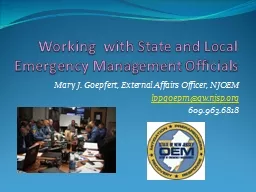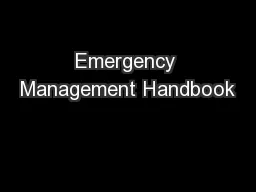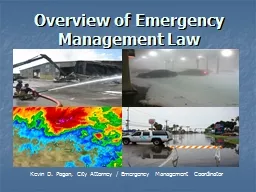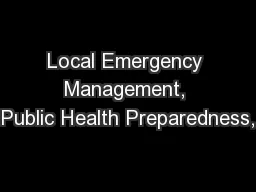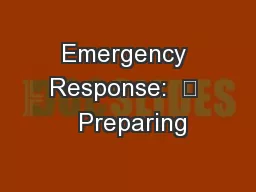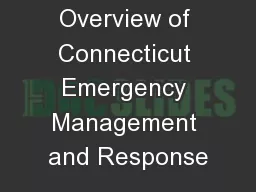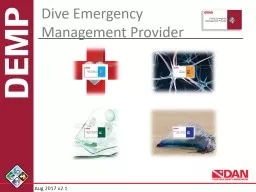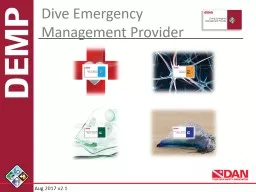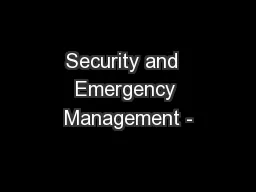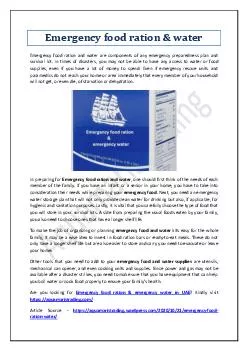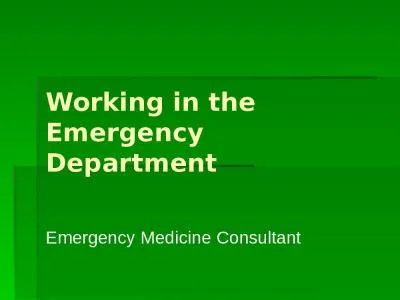PPT-Working with State and Local Emergency Management Official
Author : phoebe-click | Published Date : 2017-12-05
Mary J Goepfert External Affairs Officer NJOEM lppgoepmgwnjsporg 6099636818 Topics Covered Emergency management systems in NJ Emergency Preparedness 101 Organizational
Presentation Embed Code
Download Presentation
Download Presentation The PPT/PDF document "Working with State and Local Emergency ..." is the property of its rightful owner. Permission is granted to download and print the materials on this website for personal, non-commercial use only, and to display it on your personal computer provided you do not modify the materials and that you retain all copyright notices contained in the materials. By downloading content from our website, you accept the terms of this agreement.
Working with State and Local Emergency Management Official: Transcript
Download Rules Of Document
"Working with State and Local Emergency Management Official"The content belongs to its owner. You may download and print it for personal use, without modification, and keep all copyright notices. By downloading, you agree to these terms.
Related Documents

